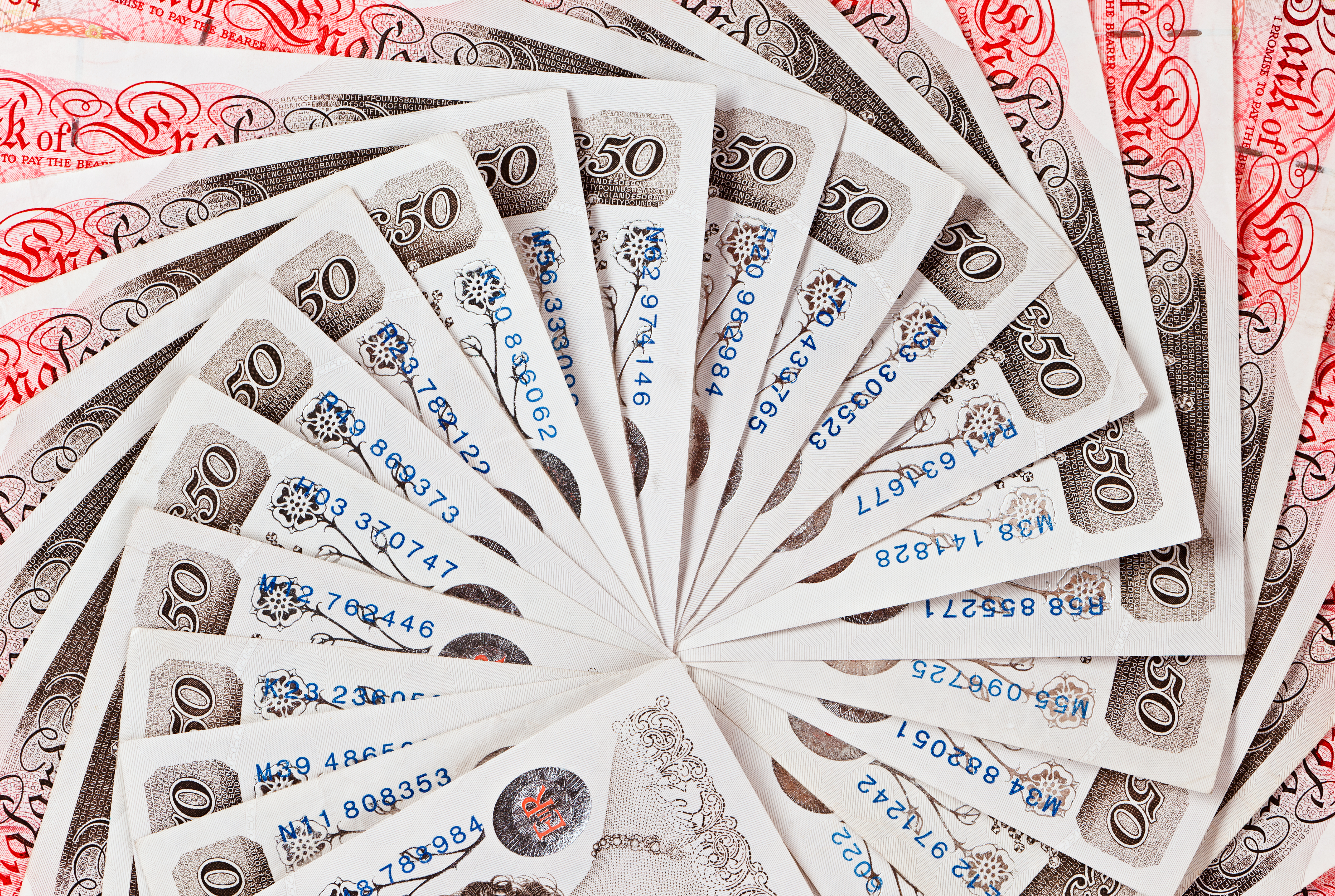News
Coppers and £50 notes could face the chop

Guest Author:
Paloma KubiakThe government is seeking views on the future of 1p and 2p coins, plus the £50 note, as it aims to strike a balance between cash payment demand, the costs of production and possible tax evasion.
Spring Statement documents reveal the Treasury has issued a call for evidence on cash and digital payments.
Figures reveal cash transactions have fallen from 62% of all payments in 2006 to 40% in 2016, and it is expected to fall to 21% by 2026.
In contrast, contactless payments made each month have grown by nearly 20 times in three years to June 2017.
However, this isn’t to say that cash has become obsolete – 2.7 million people across the UK are entirely reliant on cash, with more than half of these having a total household income of less than £15,000 per year.
As such, the government said it needs to balance the ability to pay by cash while cracking down on the minority who use cash to evade tax and launder money.

Wellness and wellbeing holidays: Travel insurance is essential for your peace of mind
Out of the pandemic lockdowns, there’s a greater emphasis on wellbeing and wellness, with
Sponsored by Post Office
Many denominations fall out of circulation as they’re placed in savings jars – six in 10 1p and 2p coins are used in just one transaction before they leave the cash cycle.
In 8% of cases, they’re simply thrown away, meaning the government and Royal Mint need to produce and issue 500 million 1p and 2p coins each year to replace those falling out of circulation.
The cost of issuing coppers is the same as for higher denominations and the document stated that the costs are “likely to rise as usage declines”.
At the other end of the scale, the £50 note is believed to be rarely used for routine purchases . Instead it is held as a ‘store of value’. There’s a “perception among some that £50 notes are used for money laundering, hidden economy and tax evasion”.
The document states: “From an economic perspective, having large numbers of denominations that are not in demand, saved by the public, or in long-term storage at cash processors rather than used in circulation does not contribute to an efficient or cost-effective cash cycle.”
Sarah Coles, personal finance analyst at Hargreaves Lansdown, said: “The writing looks to be on the wall for 1ps and 2ps. When it costs more to produce and distribute a coin than the coin itself is worth, governments tend to decide it’s a spent force – and we’re rapidly heading in that direction for coppers.
“The root of the issue is that demand for these coins has dramatically declined. People are increasingly using debit cards and contactless payments for low value spending. Cash was used for 7.2 billion transactions of under £1 in 2006. By 2016 it had fallen to 4 billion, and by 2026 it is expected to fall to 1.3 billion. Meanwhile, shops are using rounded pricing to save the bother of handling low value coins, so even those who stick with cash have less use for coppers.
“When you add in the impact of inflation eroding their real value, it’s clear that the days are numbered for copper coins.”
The consultation closes on 5 June 2018.